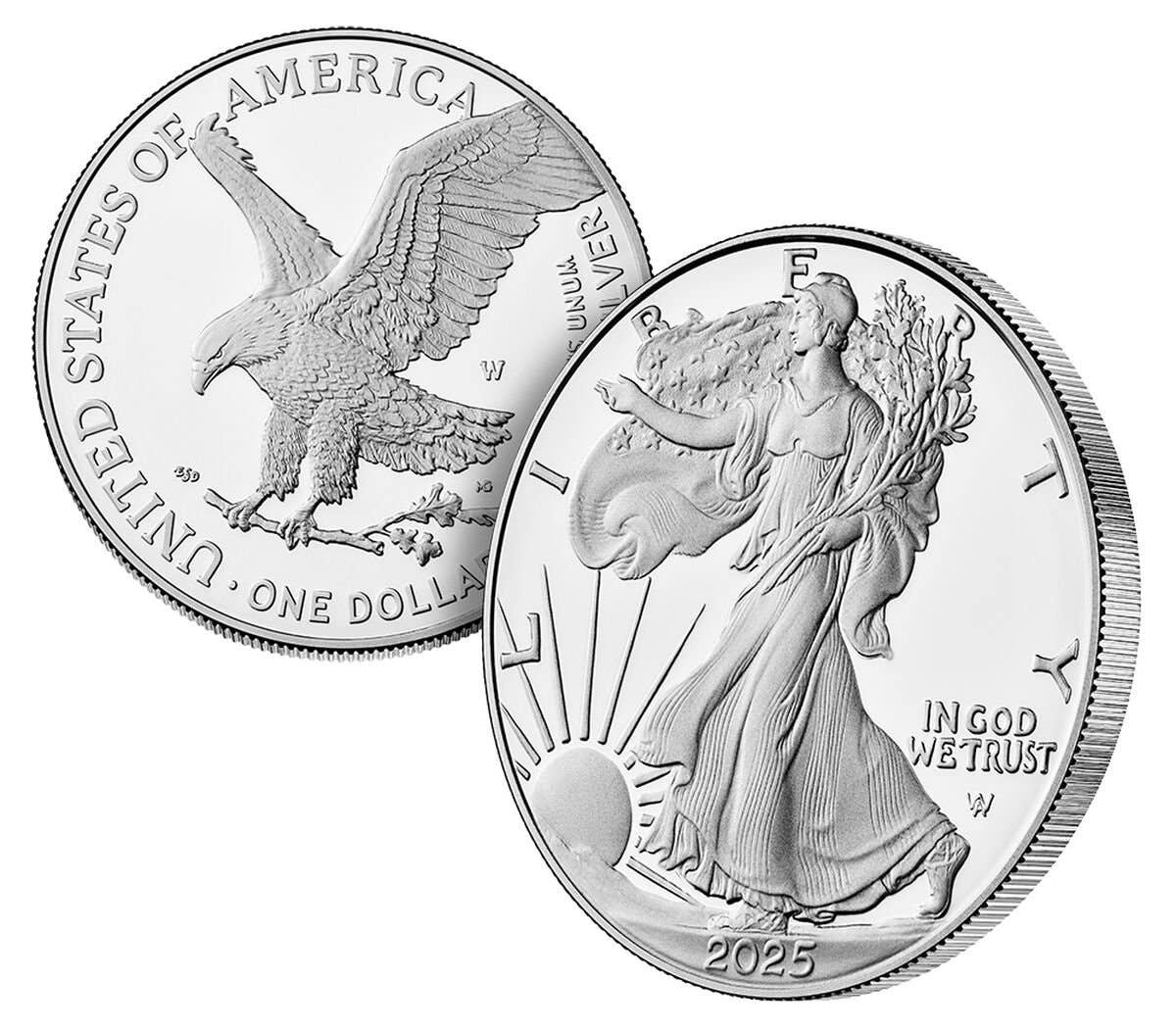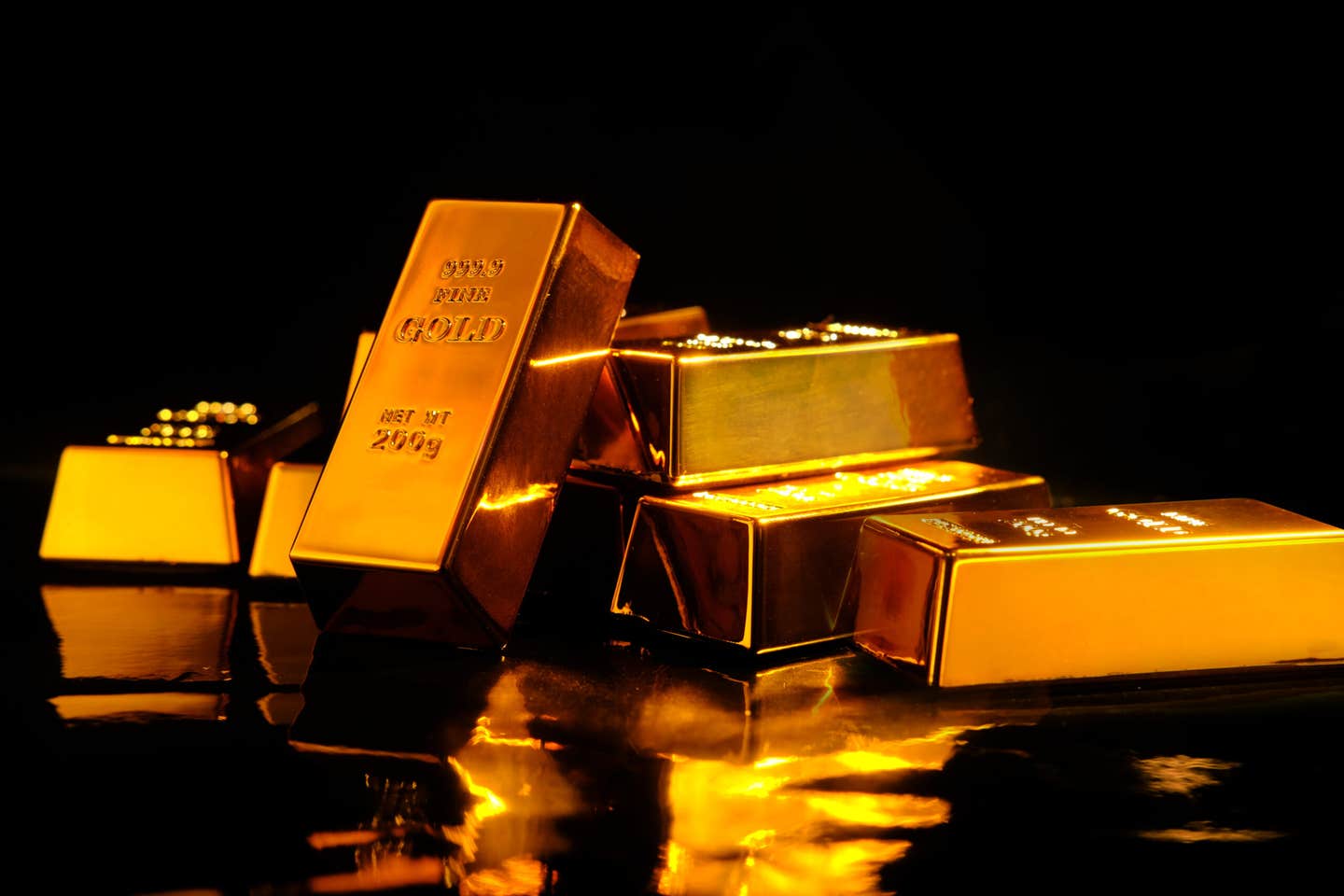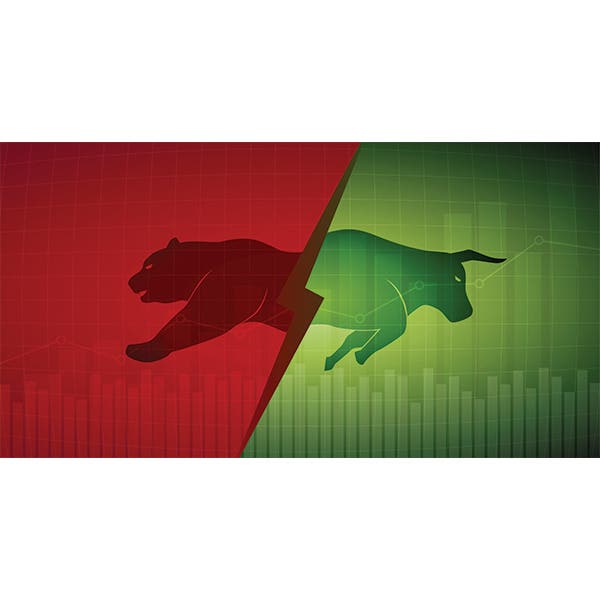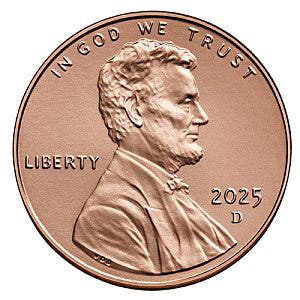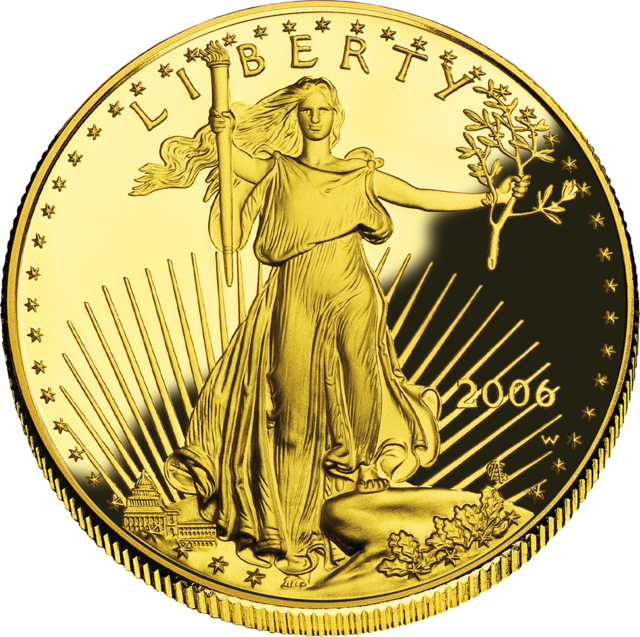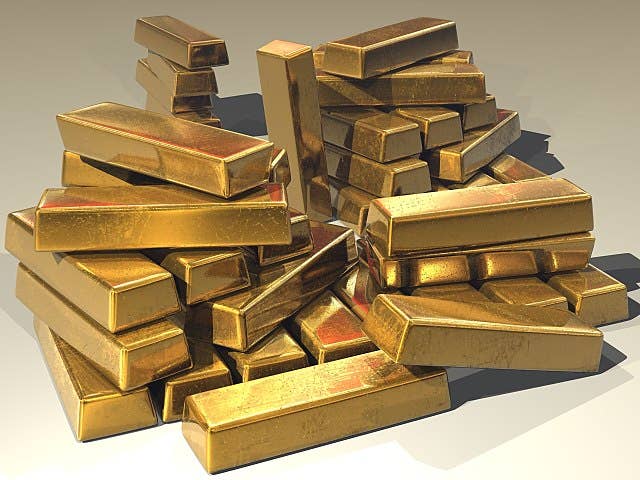Consider Pre-1965 U.S. 90 Percent Silver Coins
At one time, the .90 percent silver dimes, quarters and half dollars were the most popular way of owning bullion silver in America.
When I made my first purchase of silver bullion in 1973, I naturally bought some pre-1965 dated U.S. silver quarters. At the time, the .90 percent silver dimes, quarters, and half dollars were the most popular way of owning bullion silver in America.
The appeal of these coins was easy to understand. Almost all adults remembered spending these coins in everyday commerce and knew what they were. Back then, privately manufactured 1-ounce silver “art” bars were being marketed as collectors’ items at much higher than bullion prices. So many different issues came out over the years that most are now treated on the basis of bullion value. It took longer for fabricators to figure out they could make a profit mass-producing silver bars of different sizes to sell as competitively priced bullion products.
Today, privately produced silver bars and rounds are competitively priced with U.S. 90 percent silver coins. They have an advantage over the coins in that it is easy to calculate the “melt value” by simply multiplying the number of ounces by the spot price.
However, the U.S. 90 percent silver coins have some advantages over private issues. If you carry them across national borders, for instance, you don’t have to pay a duty tax on the legal tender coinage. Plus, to get a lower premium on a bar, you must purchase a larger size, such as 100 troy ounces. If you get into a situation where you may need to someday spend your silver if the U.S. dollar collapses, it is a lot easier to spend a dime with a silver content of about 1/14 of a troy ounce (figure circulated U.S. 90 percent silver coins have a content of about .715 troy ounce per dollar of face value) instead of a 10-ounce, kilogram or 100-ounce bar.
U.S. 90 percent silver coins are also highly liquid. Any coin dealer would be willing to purchase them, as would thousands or millions of collectors.
The one drawback is that different U.S. 90 percent silver coins have experienced various levels of wear from circulation. Well-worn coins have a lower silver content than those with minimal circulation (think coins dated in the 1960s). When these coins were being melted en masse by refiners when the silver spot price reached $50 in January 1980, the refiners purchased the coins by weight rather than count. When silver again neared $50 at the end of April 2011, wholesalers required a minimum gross weight per dollar of face value or the purchase price would be discounted.
Like where I work, many good coin dealers still ensure that any bulk sales of U.S. 90 percent silver coins meet the 2011 minimum gross weight standard.
I have two warnings for purchasers of these popular coins. Some dealers try to push 1964-dated coins at a premium price because they may contain more silver (uncirculated coins contain .723 troy ounces of silver per dollar of face value). If you do the math, they are almost always charging a premium price that is not worth it to get a slightly higher silver content.
Also, from the late 1980s into the 1990s, a national telemarketer promoted half dollars as semi-numismatic coins at premium prices. They sold enough product that, ever since then, halves have tended to be available only at a slightly higher price than charged for dimes and quarters. I don’t recommend paying this higher price. When silver prices shoot up again, I can just about guarantee that dealers and refiners will pay the exact same rates for halves as they do for the smaller coins. So, don’t waste money today paying more for the alleged “rarity.”
But, if you do purchase half dollars, another warning is to make sure you don’t get stuck with any lower-purity 40 percent silver Kennedy half dollars struck for circulation from 1965-1969.
By owning U.S. 90 percent silver coins, by the way, you could also become a collector by sorting out the different dates and mintmarks. Have fun with them.
Answer to the Previous Trivia Question
Last week, I asked: How did Ephraim Brasher end up being the person to strike what is now called Brasher Doubloons?
It happened that the Brasher was a goldsmith by trade and also a neighbor and friend of George Washington in New York City.
This Week’s Trivia Question
Why did the U.S. government issue a $1,000 Treasury Note but not one in the $500 denomination? Come back next week for the answer.
Patrick A. Heller was honored as a 2019 FUN Numismatic Ambassador. He is also the recipient of the American Numismatic Association 2018 Glenn Smedley Memorial Service Award, 2017 Exemplary Service Award, 2012 Harry Forman National Dealer of the Year Award, and 2008 Presidential Award. Over the years, he has also been honored by the Numismatic Literary Guild (including twice in 2020), the Professional Numismatists Guild, the Industry Council for Tangible Assets, and the Michigan State Numismatic Society. He is the communications officer of Liberty Coin Service in Lansing, Mich., and writes “Liberty’s Outlook”, a monthly newsletter on rare coins and precious metals subjects. Past newsletter issues can be viewed at www.libertycoinservice.com. Some of his radio commentaries titled “Things You ‘Know’ That Just Aren’t So,” and “Important News You Need To Know” can be heard at 8:45 a.m. Wednesday and Friday mornings on 1320-AM WILS in Lansing (which streams live and becomes part of the audio archives posted at www.1320wils.com).
You may also like:




